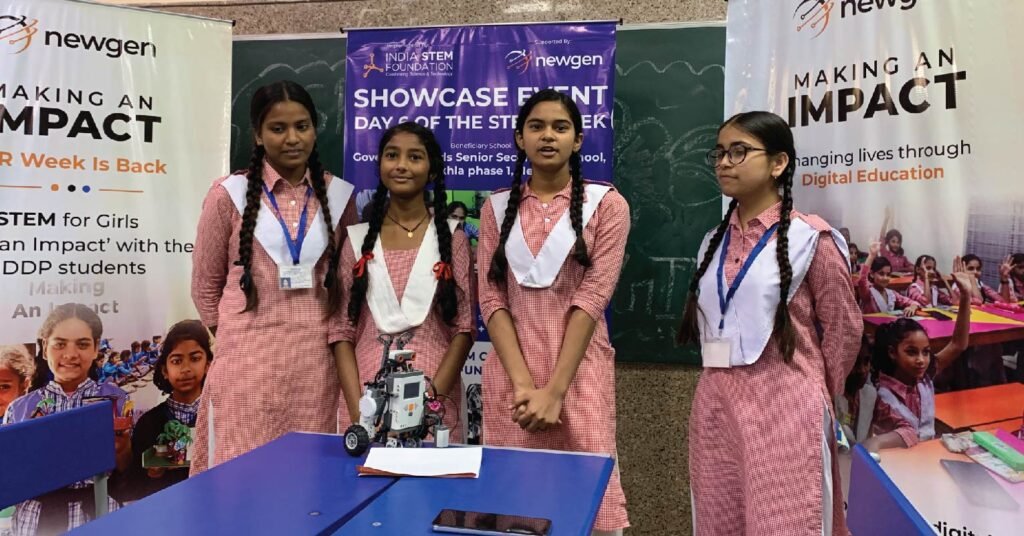In the ever-evolving landscape of STEM (Science, Technology, Engineering, and Mathematics), promoting inclusivity is not just a goal but a necessity. A diverse and dynamic workforce is key to driving innovation and excellence. This article delves into the critical role of inclusivity in STEM education, exploring initiatives and strategies that encourage underrepresented groups to embrace STEM subjects.
Breaking Barriers: The Importance of STEM Education
Creating a Welcoming Environment
The first step towards inclusivity in STEM education is creating an environment where everyone feels welcome. This involves challenging stereotypes, addressing unconscious biases, and fostering an atmosphere of acceptance. Schools and institutions play a pivotal role in setting the tone for inclusivity, ensuring that STEM classrooms are spaces where diversity is celebrated.
Highlighting Inspiring Role Models
One effective strategy is to highlight and celebrate the achievements of diverse role models in STEM. By showcasing individuals from underrepresented groups who have excelled in STEM fields, students can envision themselves succeeding in these domains. This exposure helps break down stereotypes and inspires confidence in pursuing STEM careers.
Initiatives for Inclusive STEM Education
- Mentorship Programs
Mentorship programs connect students from underrepresented backgrounds with professionals in STEM fields. This guidance provides not only valuable insights into the practical aspects of STEM careers but also emotional support. Knowing that someone has walked a similar path and succeeded can be a powerful motivator. - Outreach Programs in Schools
Engaging students at a young age is crucial. Outreach programs in schools, particularly in underprivileged areas, can spark interest in STEM subjects. These programs often include interactive workshops, inspiring talks, and hands-on experiments. The aim is to capture the curiosity of young minds and demonstrate that STEM is accessible to all. - Scholarships and Financial Support
Financial barriers often deter students from underrepresented groups from pursuing STEM education. Scholarships and financial support programs can alleviate these challenges. By providing assistance with tuition fees, books, or even access to necessary technology, these initiatives make STEM education more accessible.
Supportive Learning Environments
- Inclusive Curriculum Design
The curriculum plays a significant role in fostering inclusivity. Ensuring that the curriculum reflects diverse perspectives and includes examples relevant to all students can contribute to a more inclusive learning experience. This extends beyond just the content; it involves incorporating teaching methods that cater to different learning styles. - Diversity in Faculty
Having a diverse teaching faculty is essential. When students see individuals who share their background in leadership positions within the STEM community, it sends a powerful message that they too can aspire to these roles. Moreover, a diverse faculty brings varied perspectives into the teaching environment, enriching the overall learning experience.
Paving the Way for Innovation and Excellence
- A Diverse Workforce Drives Innovation
Inclusive STEM education doesn’t just benefit individual students; it positively impacts the entire STEM community. A diverse workforce brings together individuals with unique perspectives, problem-solving approaches, and creative ideas. This diversity is a catalyst for innovation, leading to groundbreaking discoveries and advancements. - Addressing Global Challenges
STEM fields are at the forefront of addressing global challenges, from climate change to healthcare. An inclusive STEM community ensures that the diverse array of challenges faced by humanity is met with equally diverse solutions. It is about bringing together minds from various backgrounds to collaboratively tackle complex issues.
Conclusion: The Path Forward
Inclusive STEM education is not just an educational initiative; it is a societal investment. By breaking down barriers, celebrating diversity, and creating supportive learning environments, we pave the way for a future where everyone, regardless of background, can contribute to and benefit from the advancements in STEM. As we champion inclusivity, we not only foster a generation of innovative thinkers but also build a world where STEM truly reflects the richness and diversity of the global community.

